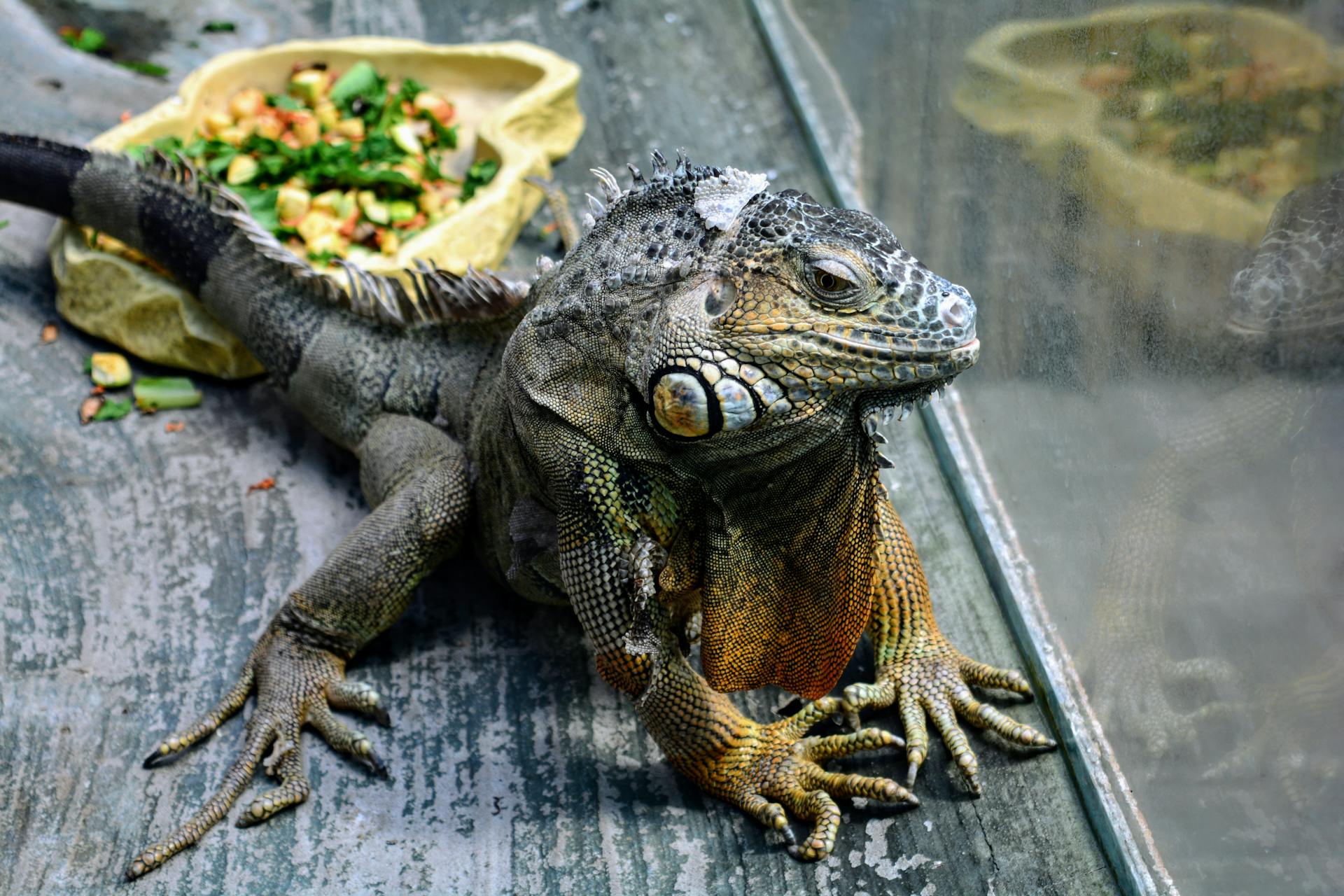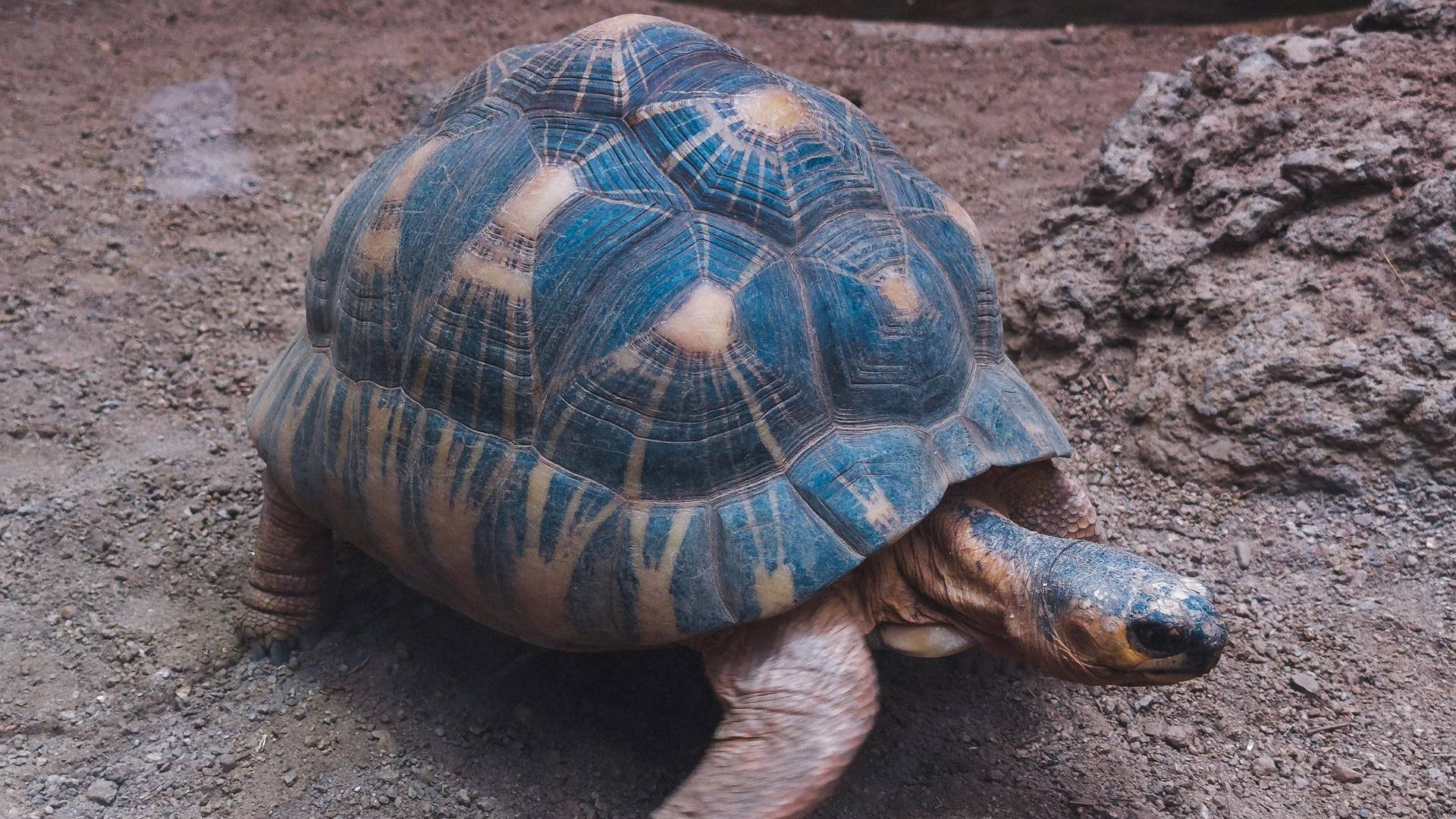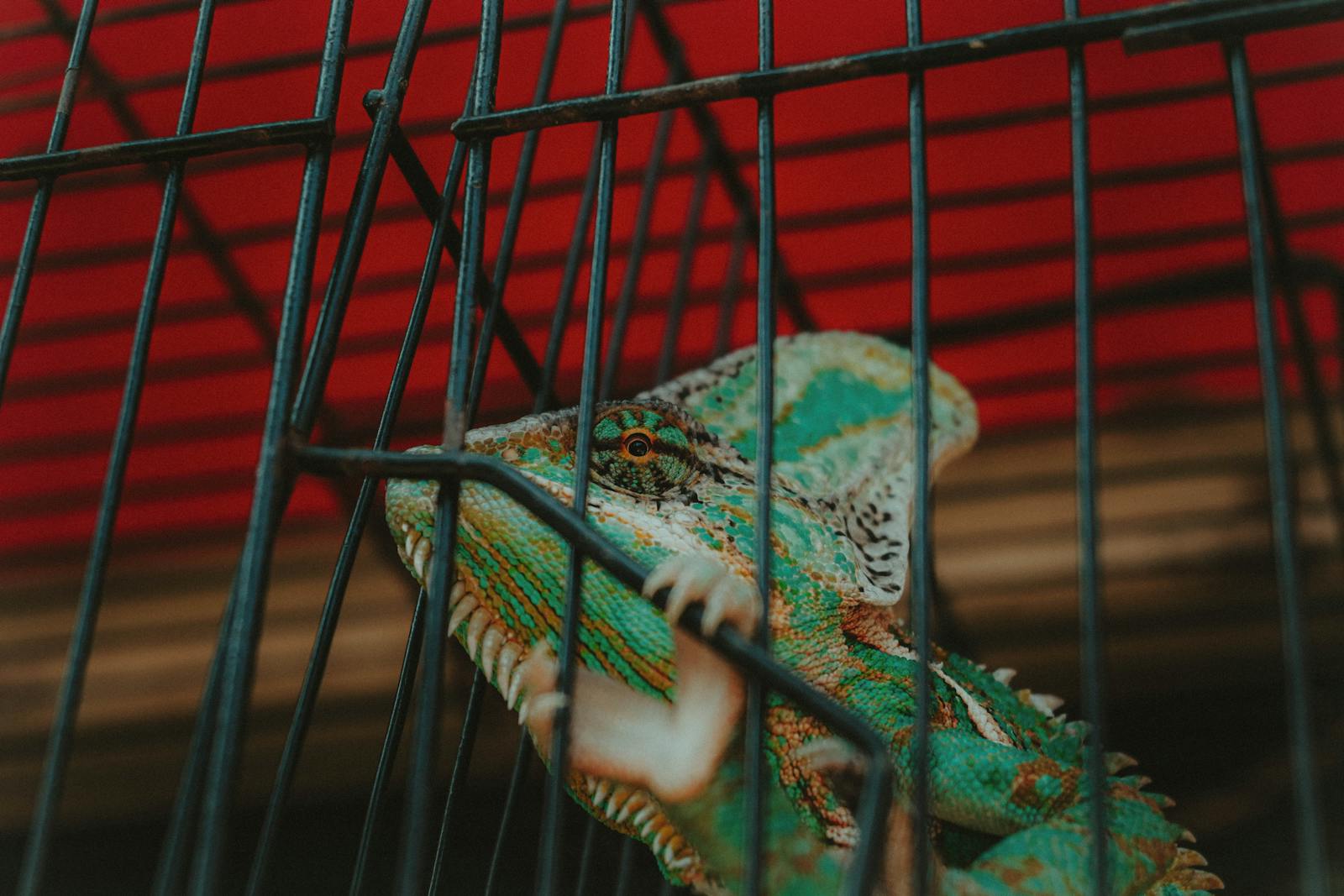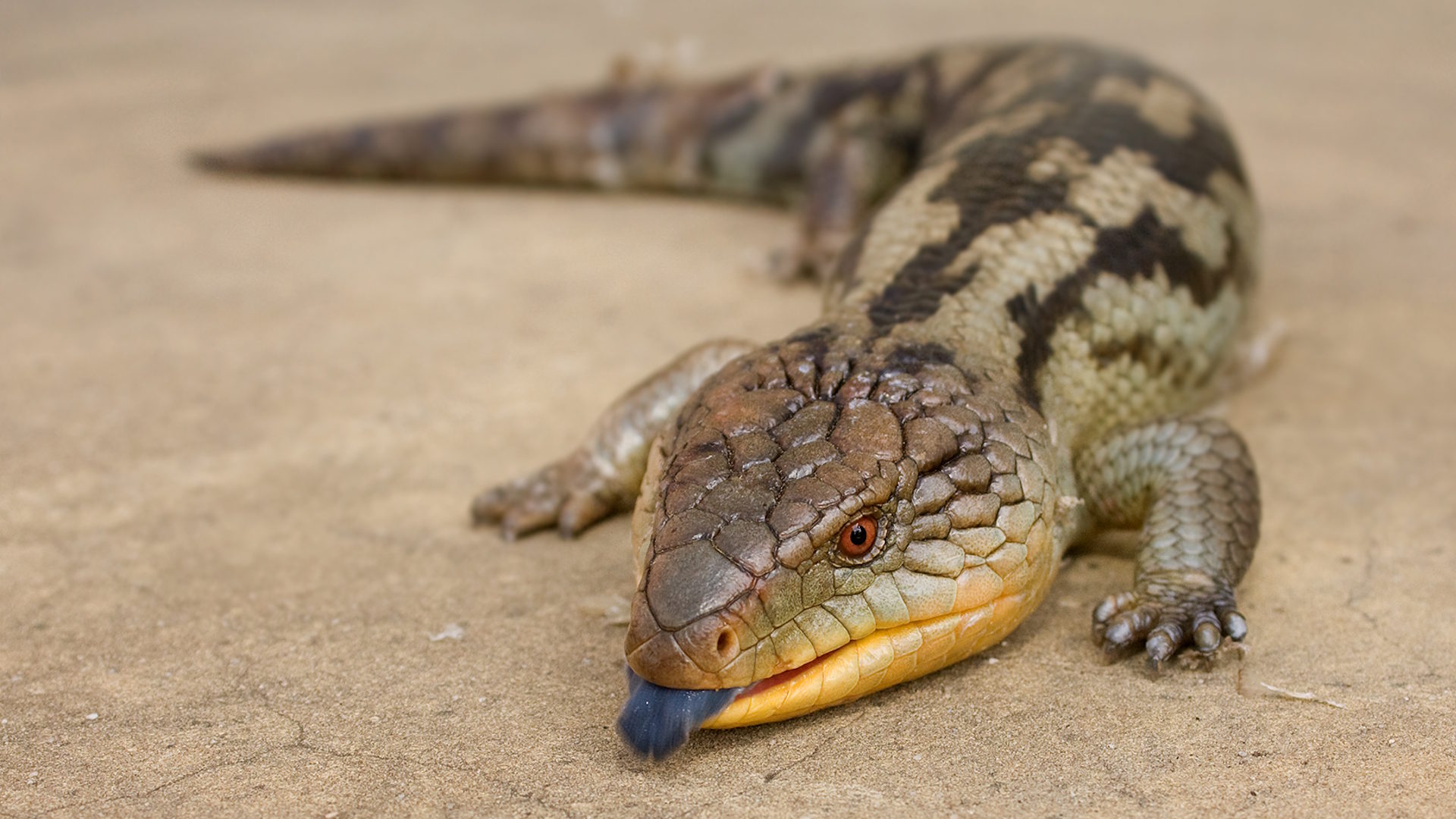In the intricate tapestry of global ecosystems, reptiles have carved out niches in virtually every environment on Earth. From desert-dwelling lizards to tropical forest snakes, these remarkable creatures have adapted to countless habitats over millions of years. However, the rapid expansion of agriculture and farming practices over the last century has dramatically altered landscapes worldwide, creating unprecedented challenges for reptile populations. As humans convert more land for food production, reptiles face habitat loss, chemical exposure, changing microclimates, and numerous other threats. This complex relationship between modern agriculture and reptile conservation represents one of the most pressing yet understudied challenges in wildlife biology today, with implications for biodiversity, ecosystem health, and sustainable farming practices worldwide.
Habitat Fragmentation and Conversion
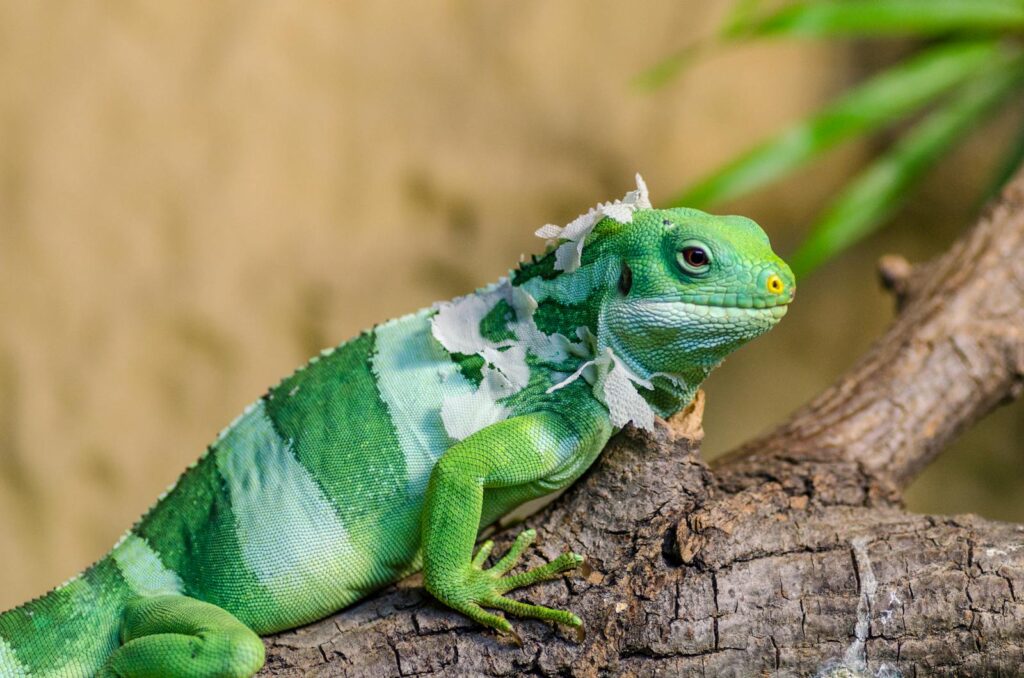
The conversion of natural landscapes into agricultural fields represents perhaps the most direct impact on reptile populations worldwide. When forests, grasslands, and wetlands are cleared for cropland or pasture, reptiles lose the specialized microhabitats they depend on for thermoregulation, shelter, and reproduction. Many reptile species have evolved to occupy specific niches within these ecosystems, making them particularly vulnerable to habitat changes. For instance, certain turtle species require undisturbed sandy areas for egg-laying, while many snakes depend on specific vegetation structures for hunting and protection. This wholesale transformation of landscapes often leaves reptiles with disconnected habitat patches too small or degraded to support viable populations, leading to local extinctions and reduced genetic diversity.
Chemical Contamination from Pesticides and Fertilizers
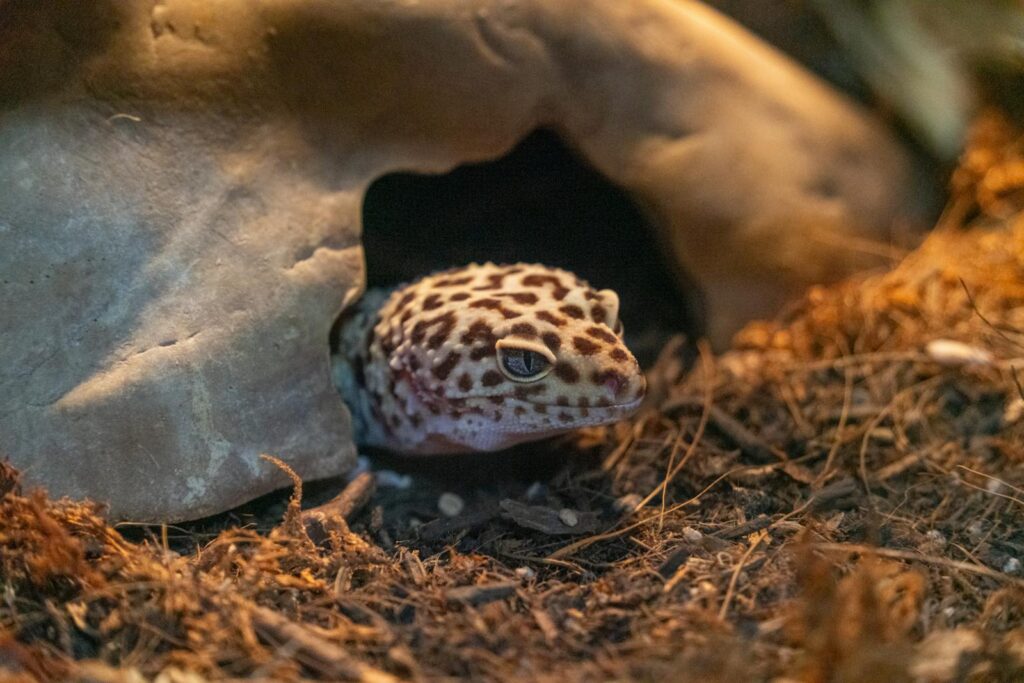
Modern industrial agriculture relies heavily on chemical inputs that can have devastating effects on reptile populations. Pesticides, herbicides, and fertilizers applied to crops frequently contaminate surrounding soil, water bodies, and food sources that reptiles depend upon. These chemicals can cause direct mortality, reproductive failures, and developmental abnormalities in reptiles exposed to even low concentrations. Research has documented concerning effects including eggshell thinning in turtles exposed to DDT metabolites, endocrine disruption in alligators from agricultural runoff, and increased susceptibility to disease in lizards from pesticide exposure. Additionally, many reptiles bioaccumulate these toxins in their tissues over time, leading to chronic health issues that can affect survival and reproduction across generations.
Loss of Riparian Zones and Wetlands

Agricultural development has historically targeted fertile floodplains and wetland areas, resulting in the widespread destruction of riparian habitats crucial to many reptile species. These transitional zones between aquatic and terrestrial environments serve as critical habitat corridors and provide essential resources for species like water snakes, aquatic turtles, and certain lizards. When farmers drain wetlands, channelize streams, or remove vegetation along waterways to maximize crop production, they eliminate complex habitat structures that reptiles rely on throughout their life cycles. The loss of these buffer zones also increases sedimentation and pollution in waterways, degrading aquatic habitats and making freshwater environments inhospitable for reptiles that spend part or all of their lives in water.
Mechanized Farming Practices and Direct Mortality
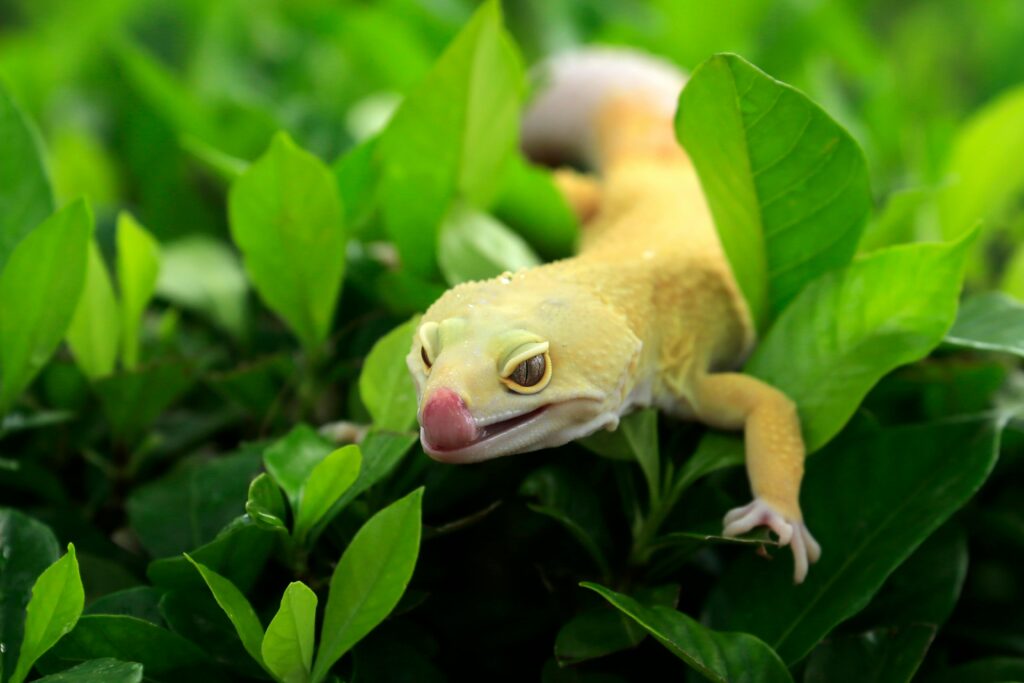
The transition to large-scale mechanized farming has introduced new sources of direct mortality for reptiles living in agricultural landscapes. Heavy machinery used for plowing, harvesting, and other field operations can kill or injure reptiles that are unable to escape these fast-moving threats. Slow-moving species like tortoises and skinks are particularly vulnerable to being crushed during field operations. Research in various regions has documented significant reptile mortality associated with mowing and harvesting, with one study in Australia finding that sugarcane harvesting killed up to 58% of reptiles in fields. These direct mortality events can be especially devastating when they coincide with critical periods in reptiles’ life cycles, such as when hatchlings are emerging or when adults are migrating between habitats.
Irrigation Effects on Desert Reptiles
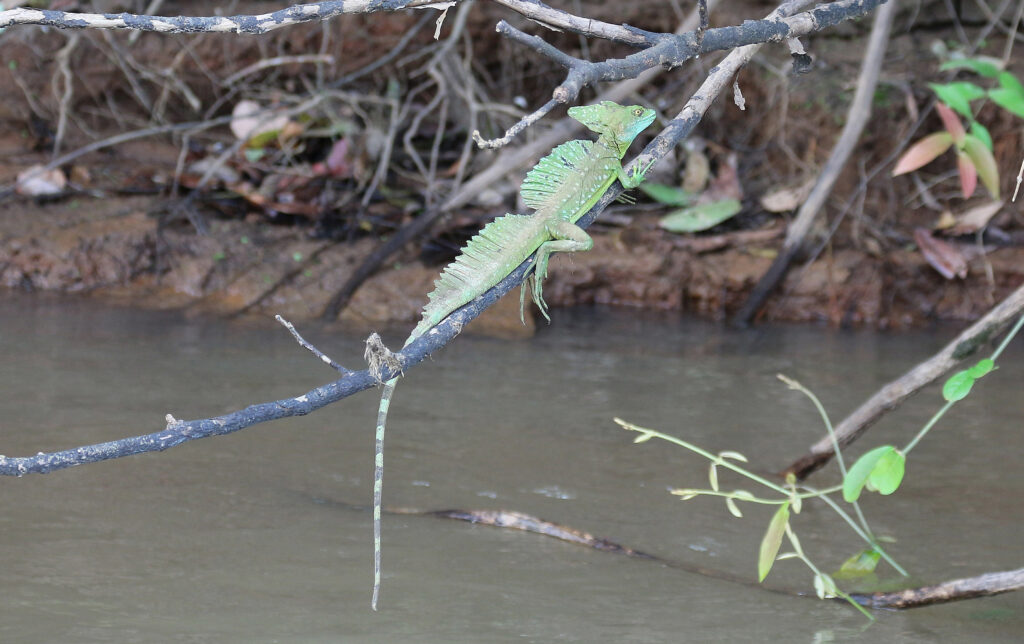
Irrigation practices have dramatically transformed arid landscapes, creating complex consequences for desert-adapted reptile species. While increased moisture may benefit some generalist species, it often proves detrimental to specialists that have evolved precise adaptations for desert conditions. The introduction of regular irrigation alters the microclimate, vegetation structure, and prey availability in ways that can disrupt the ecological balance these reptiles depend upon. For example, studies in irrigated alfalfa fields have shown decreased presence of certain lizard species that require hot, dry conditions for effective thermoregulation. Additionally, irrigation infrastructure like canals and ditches can create barriers to movement for terrestrial species while simultaneously introducing invasive aquatic predators that threaten native reptiles.
Livestock Grazing Impacts on Reptile Habitat
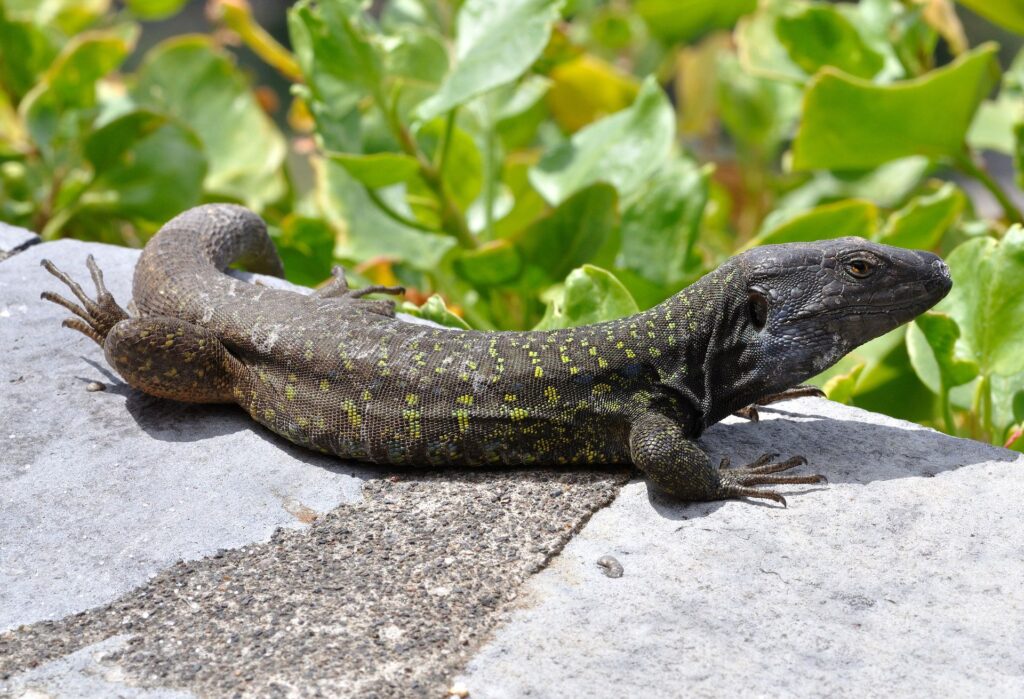
Livestock grazing represents one of the most widespread agricultural land uses globally, covering approximately 25% of the Earth’s land surface and significantly impacting reptile communities. Heavy grazing pressure can reduce vegetation cover and complexity that many reptiles require for hunting, thermoregulation, and protection from predators. The removal of ground cover exposes reptiles to greater predation risk and more extreme temperature fluctuations that can exceed their physiological tolerances. Trampling by livestock can destroy reptile burrows, nesting sites, and even the animals themselves, while soil compaction changes the physical structure of the environment in ways that make it unsuitable for many species. However, well-managed grazing systems that maintain habitat heterogeneity can sometimes benefit reptile diversity by creating a mosaic of different microhabitats.
Climate Modifications in Agricultural Landscapes
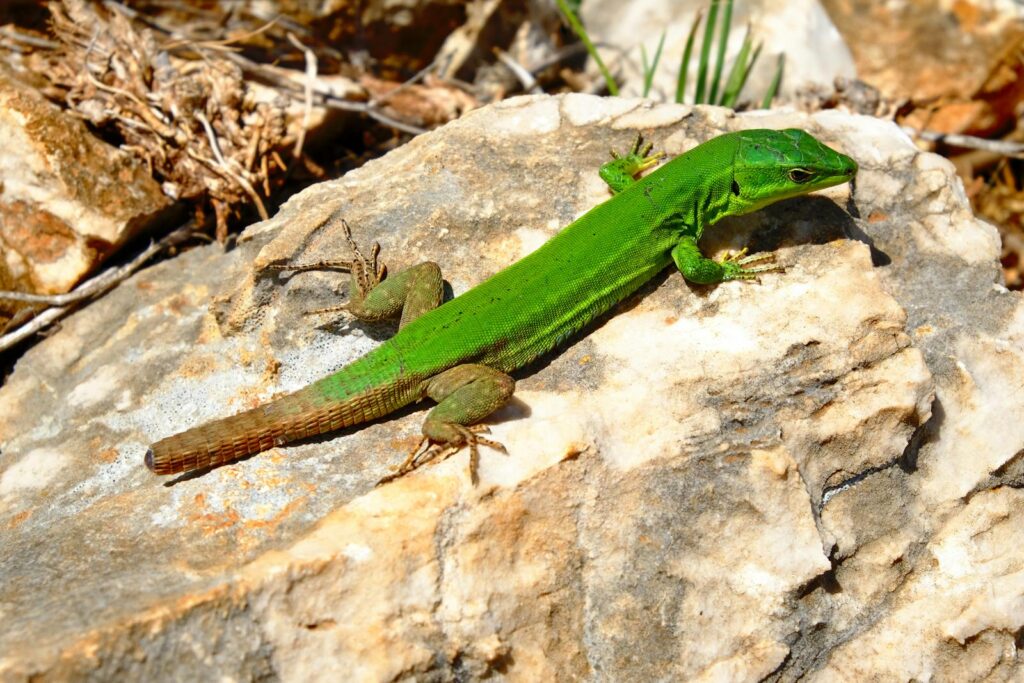
Agriculture creates significant microclimatic changes that can profoundly affect reptile populations, given their reliance on environmental temperatures for biological functions. The conversion of forests or grasslands to crops alters albedo (surface reflectivity), evapotranspiration rates, and wind patterns, creating distinctly different thermal environments. For reptiles, whose body temperature regulation depends on ambient conditions, these changes can disrupt everything from digestive efficiency to reproductive timing. Studies have documented temperature increases of 2-5°C in cleared agricultural lands compared to adjacent natural habitats, which can push some species beyond their thermal limits during hot periods. Conversely, the lack of structural complexity in monocultures means fewer opportunities for behavioral thermoregulation, where reptiles would normally move between sun and shade to maintain optimal body temperatures.
Genetic Isolation of Reptile Populations
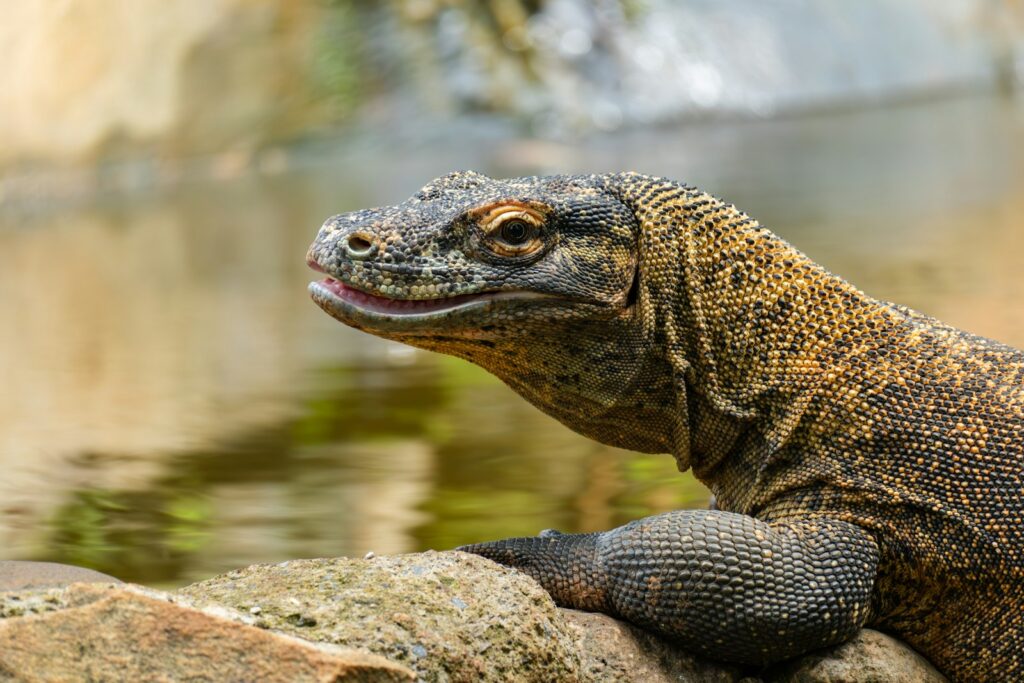
Agricultural landscapes often create insurmountable barriers that fragment reptile populations into isolated groups, with serious genetic consequences. Roads, irrigation channels, and vast stretches of inhospitable cropland can prevent individuals from moving between habitat patches, effectively cutting off gene flow. This isolation leads to reduced genetic diversity within populations, increasing vulnerability to disease, environmental changes, and stochastic events that can drive local extinctions. Studies tracking genetic diversity in reptiles stranded in habitat fragments surrounded by agriculture have documented concerning levels of inbreeding and genetic deterioration over relatively short timeframes. For species with limited dispersal abilities, like many lizards and small snakes, even modest agricultural development can create genetic bottlenecks that compromise long-term population viability.
Agricultural Food Webs and Reptile Prey

The simplification of agricultural ecosystems has cascading effects through food webs that ultimately impact reptile populations by altering their prey base. Modern farming systems typically reduce biodiversity by creating monocultures that support fewer insect, rodent, and bird species that reptiles feed upon. Insectivorous lizards are particularly affected by the depletion of arthropod communities following pesticide applications, forcing them to expend more energy searching for food or to switch to less nutritious prey. Changes in vegetation structure also affect hunting efficiency for many reptile predators, making it more difficult to capture prey in simplified agricultural environments. Interestingly, some adaptable reptile species have benefited from certain agricultural practices that increase rodent populations, highlighting the complex and species-specific nature of these interactions.
Invasive Species Introduction Through Agriculture
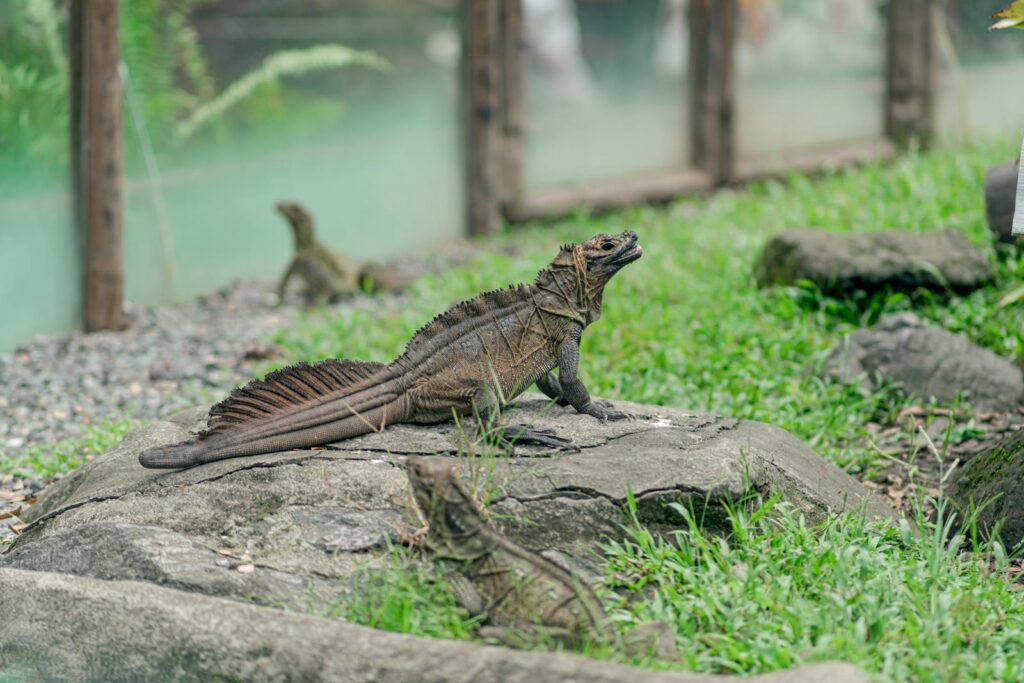
Agricultural activities frequently facilitate the introduction and spread of invasive species that compete with, prey upon, or displace native reptiles. The global movement of agricultural products, equipment, and materials provides numerous pathways for non-native species to establish in new areas where they can disrupt ecological relationships. Invasive predators like feral cats, which thrive in agricultural landscapes, have devastated reptile populations on multiple continents. Additionally, introduced reptiles that arrive through agricultural trade can outcompete natives for limited resources or introduce novel diseases. For example, the brown tree snake, inadvertently transported to Guam through agricultural shipments, has caused the extinction of most native forest vertebrates, including endemic lizards, while the red-eared slider turtle, widely transported through the pet trade associated with rural areas, now competes with native turtles in many regions.
Wildlife-Friendly Farming Practices
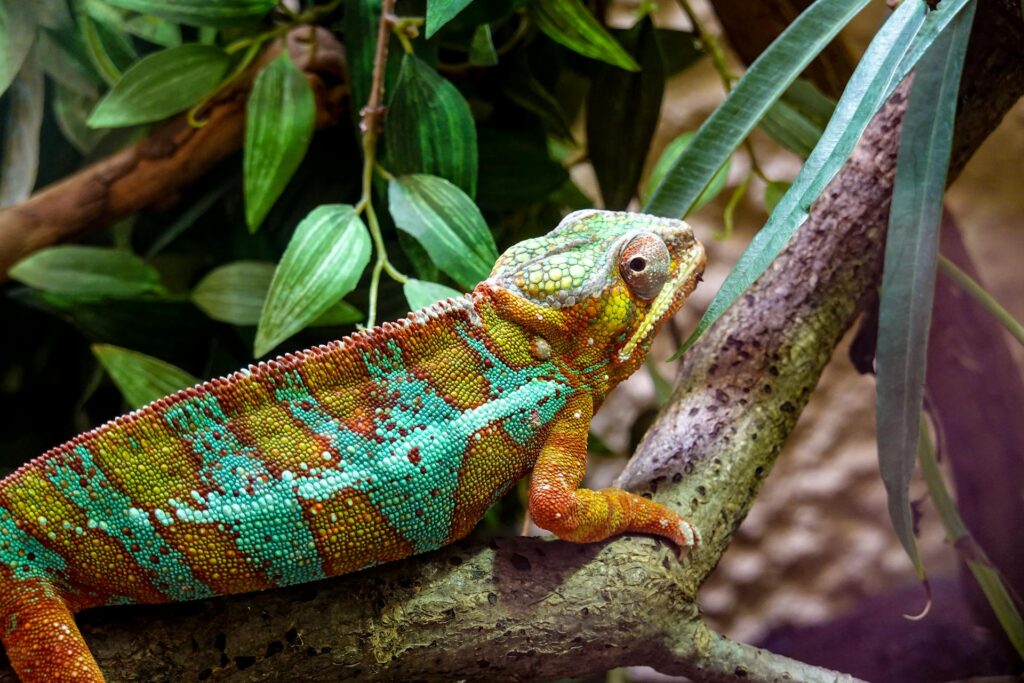
Encouragingly, a growing movement toward wildlife-friendly farming practices is demonstrating that agriculture and reptile conservation can coexist through thoughtful management. Strategies like maintaining hedgerows, field margins, and riparian buffers create crucial habitat corridors that allow reptiles to move through agricultural landscapes. The integration of cover crops, reduced tillage, and crop rotation can improve soil health while providing additional habitat structure and food resources for reptiles. Research has shown that organic farms typically support greater reptile diversity than conventional operations, likely due to both reduced chemical inputs and increased habitat complexity. Agroforestry systems that integrate trees with crops or livestock are particularly promising for reptile conservation, as they maintain structural diversity and microclimate variability that benefit many species while still producing agricultural goods.
Policy Implications and Conservation Strategies
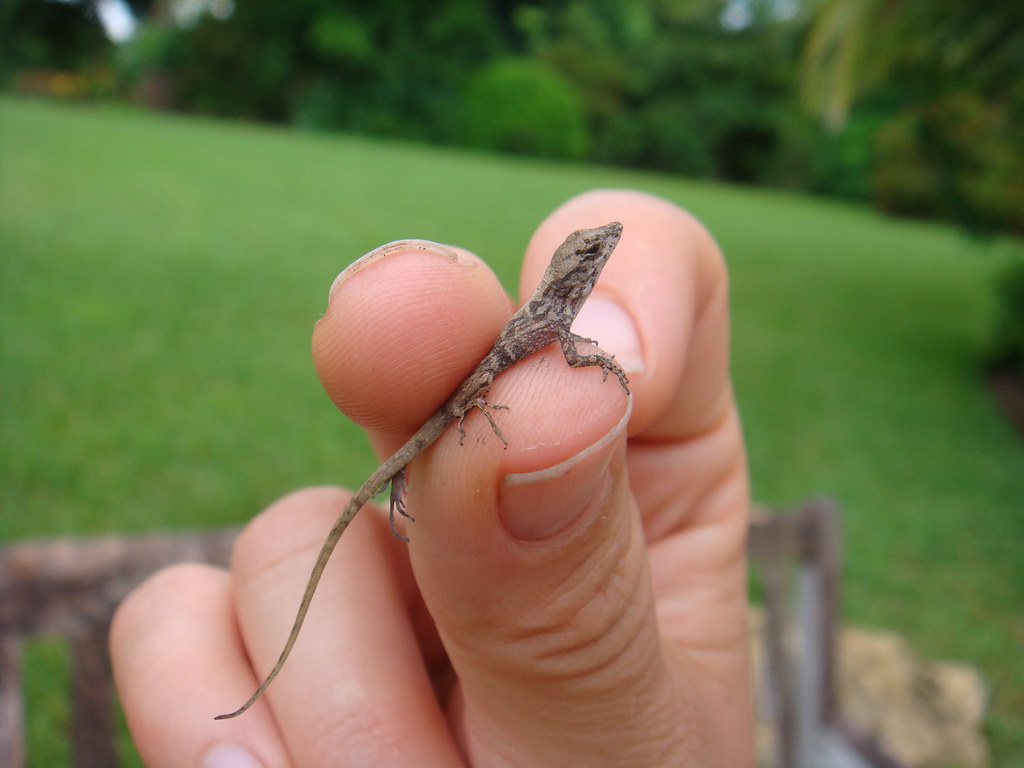
Addressing the impacts of agriculture on reptile populations requires coordinated policy approaches that recognize both conservation needs and food production realities. Effective strategies include financial incentives for farmers who implement reptile-friendly practices, regulatory protection for critical reptile habitats within agricultural landscapes, and targeted research to identify agricultural systems that balance productivity with biodiversity conservation. Payment for ecosystem services programs can compensate farmers for maintaining natural habitat features that support reptiles, acknowledging the value these animals provide through pest control and other ecological functions. Conservation planning at landscape scales is particularly important, as individual farm-level decisions must be coordinated to maintain habitat connectivity for reptile populations. Collaboration between herpetologists, farmers, and policymakers is essential to develop context-specific solutions that work for both agricultural production and reptile conservation.
Conclusion
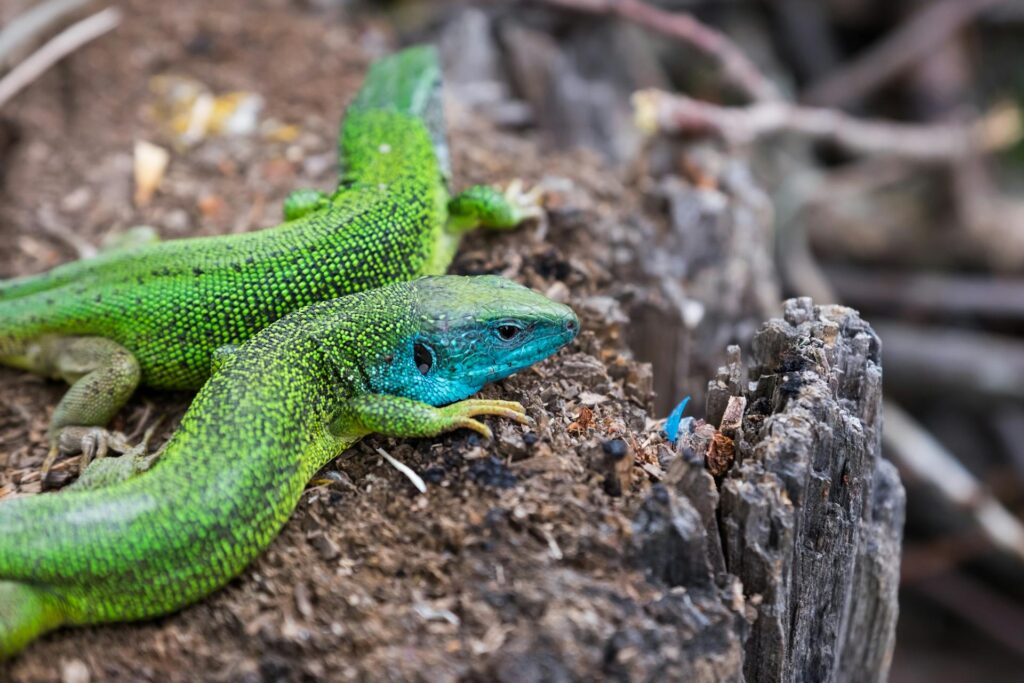
The relationship between agriculture and reptile populations represents a critical conservation challenge that requires balanced, innovative approaches. As global food demands increase, protecting reptile diversity will depend on farming systems that minimize habitat destruction, reduce chemical impacts, and maintain the complex ecological features these animals require. Encouragingly, evidence suggests that agricultural productivity and reptile conservation need not be mutually exclusive. By implementing wildlife-friendly farming practices, creating policy incentives that value biodiversity, and fostering greater awareness of reptiles’ ecological importance, we can work toward landscapes where both farming and reptile populations thrive. The future of sustainable agriculture must include consideration for these ancient animals that have inhabited our planet for hundreds of millions of years, recognizing that their conservation is ultimately linked to the health of the ecosystems that support human food systems as well.

